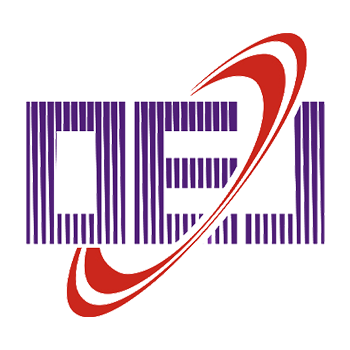-
Abstract
Current magnetic memories are based on writing and reading out the domains with opposite orientation of the magnetization vector. Alternatively, information can be encoded in regions with a different value of the saturation magnetization. The latter approach can be realized in principle with chemical order-disorder transitions in intermetallic alloys. Here, we study such transformations in a thin-film (35 nm) Fe60Al40alloy and demonstrate the formation of periodic magnetic nanostructures (PMNS) on its surface by direct laser interference patterning (DLIP). These PMNS are nonvolatile and detectable by magnetic force microscopy (MFM) at room temperature after DLIP with a single nanosecond pulse. We provide different arguments that the PMNS we observe originate from increasing magnetization in maxima of the interference pattern because of chemical disordering in the atomic lattice of the alloy at temperatures T higher than the critical temperature Tc for the order (B2)-disorder (A2) transition. Theoretically, our simulations of the temporal evolution of a partially ordered state at T > Tc reveal that the disordering rate is significant even below the melting threshold. Experimentally, we find that the PMNS are erasable with standard thermal annealing at T < Tc. -



 E-mail Alert
E-mail Alert RSS
RSS


